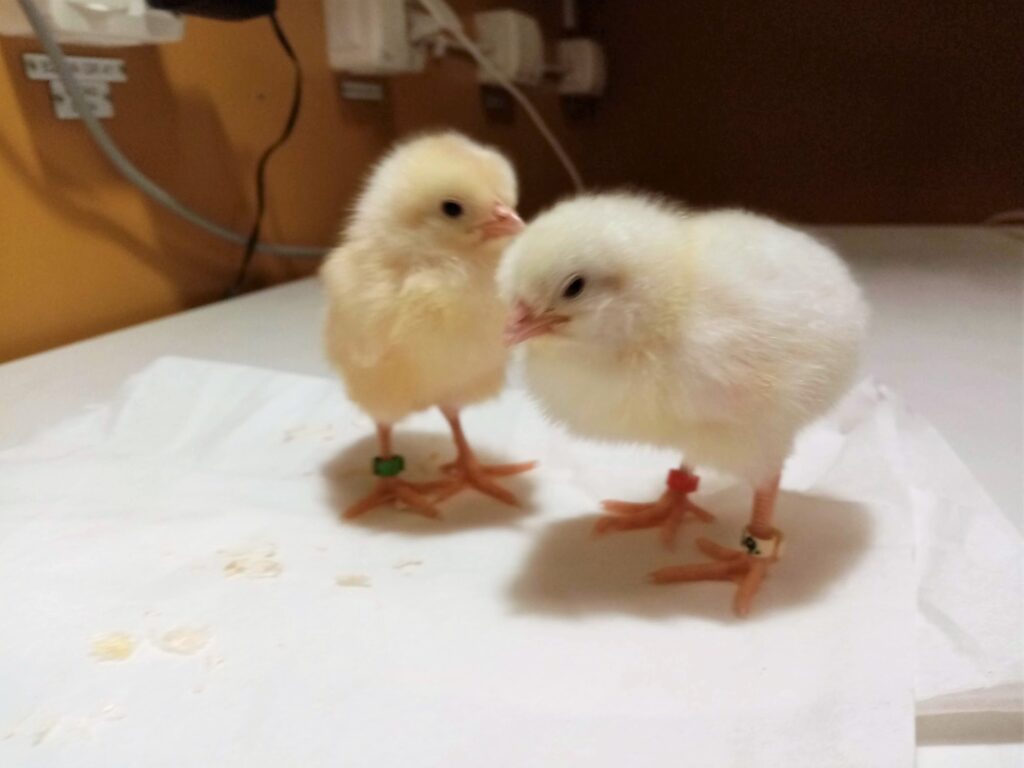Commercial hatchery processes:
- Large and noisy incubators
- Chickens are taken out of the hatcher 24 hours after the expected hatching time
- Multiple conveyor belts of different speeds with drops
- Manual sex-sorting and vaccination
- Transportation to the rearing farm
There are two standard commercial hatcheries for all of Sweden and over seven million laying hens which all hatched within either one of them. Most laying hens are replaced after approximately one year since they began producing eggs. Therefore, large numbers of chicks experience these processes, and the production just keeps growing.
How can these stressful experiences negatively influence the chicks?Influence the sensitivity of the hypothalamic-pituitary-adrenal (HPA) axis that is responsible for releasing glucocorticoids like corticosterone in response to a stressor to kick start behavioral coping responses, stimulate glucogenesis and inhibit inflamation.
What happens when the HPA axis is oversensitized due to either long term exposure to permanent stress or significant exposure to high levels of stress during crucial development periods (such as time at the hatchery)?
- Increased baseline corticosterone levels
- Decreased immune function
- Cognitive deficits and impaired memory
- Reduced growth
- Increased pessimism
- Increased fear
- Increased agression and feather pecking

Aims
To assess the effects of commercial hatchery procedures on the delayed stress susceptibility to standard rearing practices over time.
Hypothesis
Experience of the commercial hatchery will result in greater negative impact with increased stress susceptibility in domestic chickens.